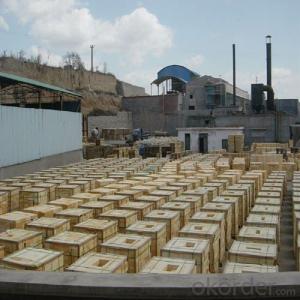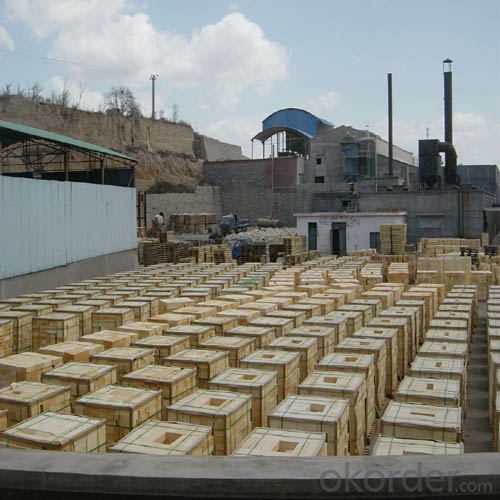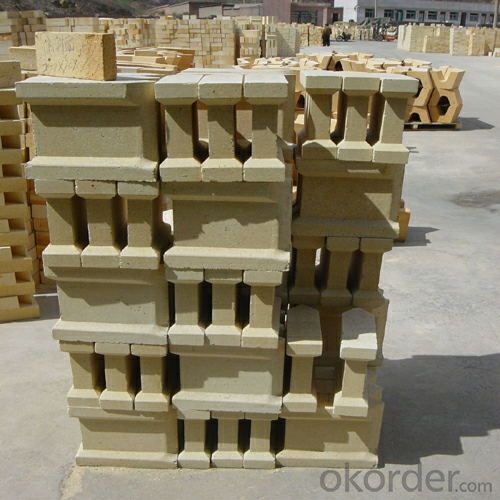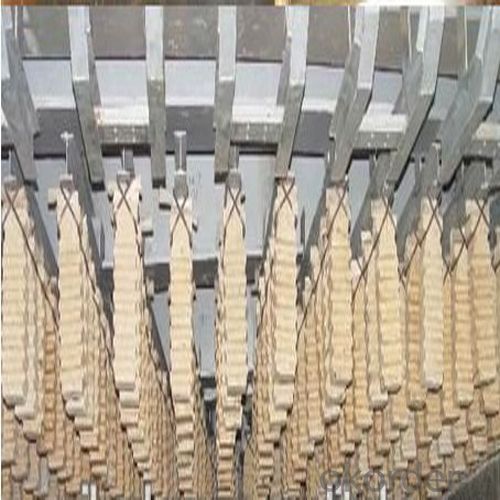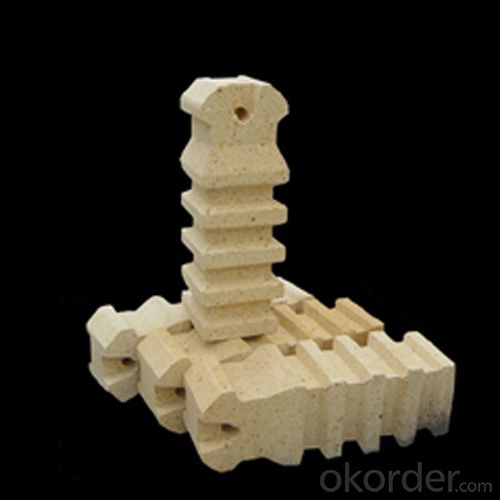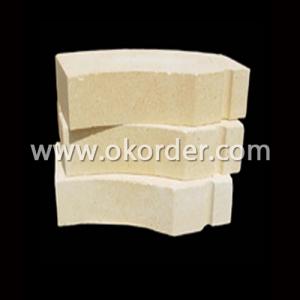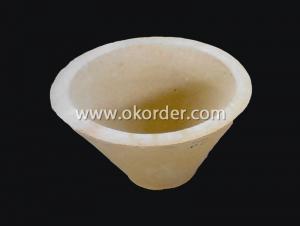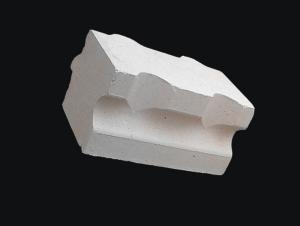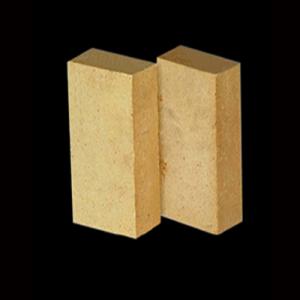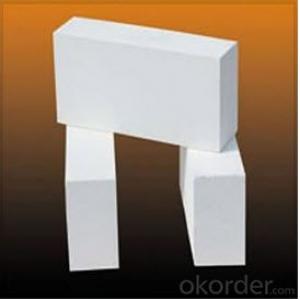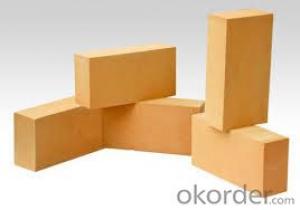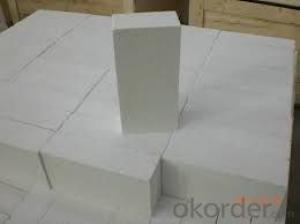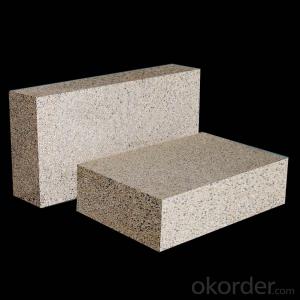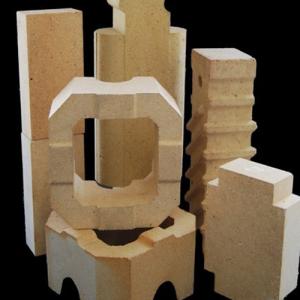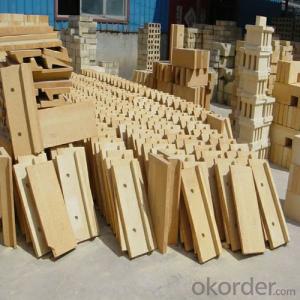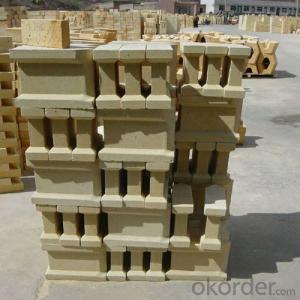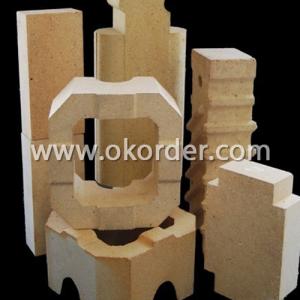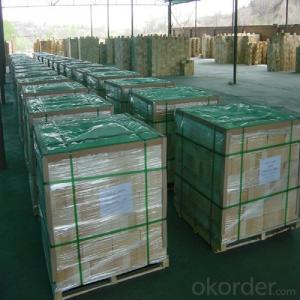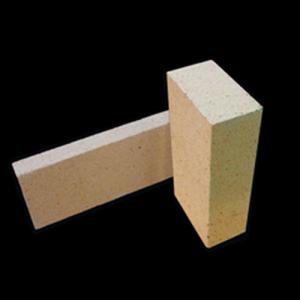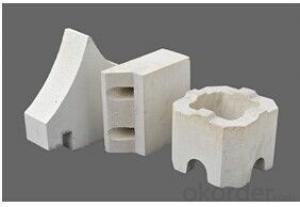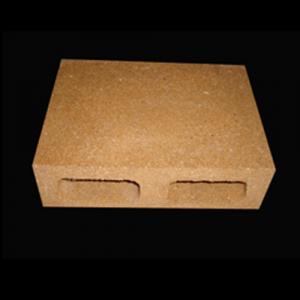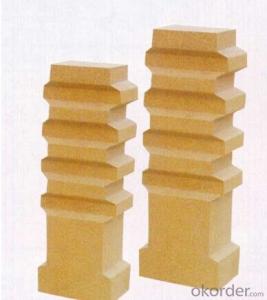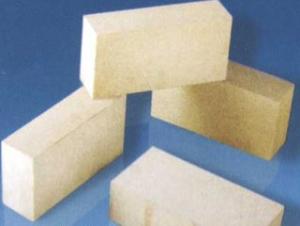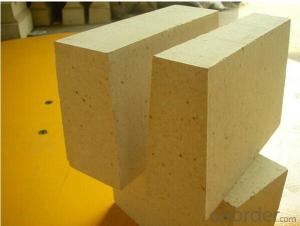High Alumina Brick - Anchor Brick UAL75
- Loading Port:
- China Main Port
- Payment Terms:
- TT OR LC
- Min Order Qty:
- -
- Supply Capability:
- 200000 pc/month
OKorder Service Pledge
OKorder Financial Service
You Might Also Like
General Information of Anchor Brick
Our corporation’s refractory bricks include many kinds of anchor bricks,like UAL85, UAL75 and so on.
Our refractory bricks are in good quality and we can offer you the bestprice. Featuring huge volume density, high compressive strength, good thermalstability and strong impact resistance, all of our high-aluminum anchoragebricks, mullite anchorage bricks and burner bricks can be made into anyspecification defined by users to fit for different demands.
Features of Anchor Brick
Low thermal conductivity
Excellent acid and base slag resistance
High refractoriness
Excellent thermal shock resistance
Excellent mechanical strength
Applications of Anchor Brick
Our Anchor Brick UAL60 are commonly used in blast furnace, hotblast furnace, the roof of electric furnace, teeming ladle, rotary kiln,regenerator, etc. Our refractory brick have the capacity of maintainingexcellent mechanical behavior under high temperature,
Technical Data of Anchor Brick UAL75 | ||
Physical Properties: |
|
|
Refractoriness | ℃ | 1790 |
Permanent Linear Change(1500℃×2h)% | % | 0.1~﹣0.4 |
Apparent Porosity, % | % | ≤23 |
Cold Crushing Strength | Mpa | ≥53 |
Refractoriness Under Load (T0.6) | ℃ | ≥1520 |
Thermal Expansion, % | % | - |
Density | g/cm3 | 2.55 |
Chemical Analysis: |
|
|
Al2O3 | % | ≥75 |
Fe2O3 | % | 2 |
Note: | ||
- Q: What is the heat preservation material used in a laboratory furnace?
- Silicon carbide (SiC) is made from quartz sand, petroleum coke (or coal tar), sawdust (green salt produced when adding green silicon carbide) and other raw materials by smelting with resistance furnace at high temperature. Silicon carbide also rare minerals in nature, Mo sangshi. Silicon carbide, also known as carbon silica. Silicon carbide is the most widely used and the most economical kind of refractory materials in C, N, B and other non oxide refractory materials. It can be called "carborundum sand" or "refractory sand".
- Q: How many cubic bricks does a high alumina brick have?
- Different content of aluminum, different proportion, weight is not the same. General grade T3 standard brick, 4.3~4.5kg, aluminium content 75. T3 size 230*114*65mm.
- Q: What's the difference between a well type annealing furnace and a box type annealing furnace?
- Box annealing furnace application: mainly used for quenching, normalizing, annealing and other conventional heat treatment equipment for steel parts. Features: 1, electric loading, high productivity, heat treatment is especially suitable for small and medium-sized parts, such as 30%, uniform temperature, intelligent digital display meter PID (pictured) automatic temperature control, high precision; 2, electric discharge loading convenient, as good; 3, door and seal the oven body is sealed automatically, without manual seal; 4, equipped with electric interlock protection device, and can prevent the fault accident due to the error. Bell type annealing furnace four bell type annealing furnace bell type annealing furnace is mainly used for annealing sheet metal in natural atmosphere and normalizing treatment of steel parts. 1, special steel, precision alloy large all fiber trolley type resistance furnace, strip, wire bright annealing. 2 、 annealing of special steel casting and forging. 3. Annealing of silicon steel sheet. 4, metal and non metal powder sintering pieces etc..
- Q: The difference between aluminium refractory and magnesia refractory
- Therefore, the difference between the two is a neutral, one is alkaline, the original product is different naturally.
- Q: Aluminum content 38, silicon content 55 What refractory bricks?
- High alumina brick:The mineral composition of the high alumina brick is determined by the bauxite used. The mineral composition of the clinker is usually mullite, corundum and glass. The theoretical composition of mullite is Al2O371.8%, SiO2 28.2%, and its melting decomposition temperature is 1840 DEG C. With acicular crystal, network cross structure, high temperature state showed better strength. Corundum in the form of alpha -Al2O3, melting point of 2050 degrees, hardness of Mohs 9, showing a granular and columnar crystal, has good chemical stability, acid, alkaline slag have a certain resistance. Based on the composition of mullite minerals, the phase composition of high alumina brick can be judged according to the content of Al2O3. When the bricks are below Al2O3 71.8%, the base of the composition is mullite and SiO2, such as grade LZ-48 bricks. Because it contains a large number of SiO2 formed in the liquid phase under high temperature is 20% ~ 30%; brick in Al2O3 more than 71.8%, the excess Al2O3 formed corundum crystal under high temperature, while generating 2 high temperature phase, eutectic temperature rise by the low content of Al2O3 brick 1595 C to 1840 C, such as grade LZ-75 brick. In fact, it is impossible to produce a complete phase equilibrium in the process of production, but the glass phase is very small, and there is no more than 10% in the partial gap of the Yu Jing phase
- Q: How to reduce porosity of high alumina brick
- In order to reduce the porosity of high alumina brick, the corresponding measures should be taken from the selection of raw materials, batching, mixing, molding and firing.
- Q: What are the specifications for bricks?
- Ordinary brick size of 240 mm * 115 mm * 53 mm, according to compressive strength (Newton / square millimeter, N / mm2) size is divided into MU30, MU25, MU20, MU15, MU10, MU7.5, these intensity levels. Clay brick materials, cheap, durable, and fire prevention, heat insulation, sound insulation, moisture absorption and other advantages, is widely used in civil engineering. Waste brick can also be used as aggregate of concrete. In order to improve the shortcomings of ordinary clay bricks, such as small, self important and waste of soil, they are developing in the direction of light weight, high strength, hollow and big blocks.
- Q: What are ordinary bricks, refractory bricks, hollow bricks?
- Referred to as refractory brick. Refractory wood made from refractory clay or other refractory material
- Q: How are the grades of high alumina bricks differentiated?
- If the content of Al2O3 is higher than 90%, it is called corundum brick. Because of the different resources, the standards of different countries are not exactly the sameFor example, European countries limit the content of Al2O3 for high alumina refractory materials at 42%.
- Q: The difference between clay bricks and clay bricks
- According to the hole rate: solid brick (no hole or hole rate less than 25% bricks), porous brick (hole rate is equal to or greater than 25%), the size of the hole is small and the number of bricks, usually used in load-bearing parts, higher strength level. Hollow brick (hole rate equal to or greater than 40%, large pore size and small amount of brick, commonly used in non load parts, low strength grade).Solid bricks and porous bricks are mostly used for load-bearing structural walls. Hollow bricks are mostly used in non load bearing structures.
Send your message to us
High Alumina Brick - Anchor Brick UAL75
- Loading Port:
- China Main Port
- Payment Terms:
- TT OR LC
- Min Order Qty:
- -
- Supply Capability:
- 200000 pc/month
OKorder Service Pledge
OKorder Financial Service
Similar products
Hot products
Hot Searches
Related keywords
